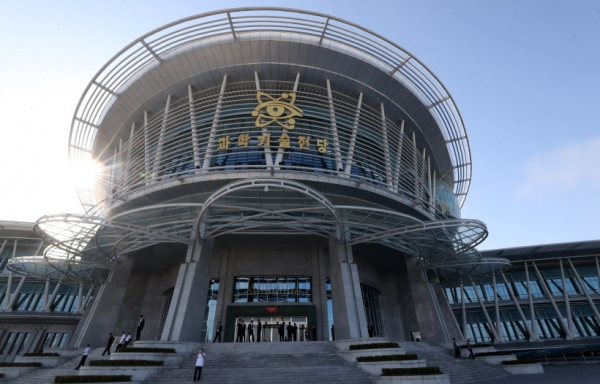
Regarding the consecutive 2018 inter-Korean summits and North Korea’s efforts for denuclearization, the World is attending to the Korean peninsula. This is because the Korean War – only to be temporarily paused due to an armistice – may come to an end this year. Since April, there have been four summits between Moon Jae-in, President of South Korea, and Kim Jong-un, leader of North Korea, where the two met in person and discussed the steps to the end of the Korean War. Recently, after the 4th summit, North Korea even declared to shut down the Tongchang-ri facility, North Korea’s main satellite and missile launching site, explicitly showing their commitment to achieving denuclearization and, eventually, a peace regime with South Korea.
However, although the public is attentive towards the political and social sides of North Korea, the majority is unaware of North Korea’s Science and Technology. Since, we, Postechians, are future scientists and engineers who will be affected by the potential Peace Treaty, we must stay attentive towards North Korea’s Science and Technology.
Although North Korea is mainly known for its defense, security, and military-related technologies, Kim is administrating policies to develop the country’s Science and Technology. In Jan. 2014, Kim stressed that “Since science and technology is the driving force for building a strong nation, the government will not spare investment and support” whilst looking around the Academy of Sciences of the Democratic People’s Republic of Korea. He aims to build a ‘Knowledge Economy’ – the development of an economy based on the creating and trading of knowledge – and believes that the nationalization of Science and Technology is the way.
To produce many scientists and engineers, Kim is supplying the whole nation with university-standard education on Science and Technology via remote lecture systems, implemented throughout the country via the national telecommunication network, computers, tablets, and phones. Furthermore, in Oct. 2015, North Korea completed the country’s Science and Technology Center (STC) – the fundamental infrastructure to be used to nationalize Science and Technology. The STC is mainly composed of an Applied Science and Technology center and an Advanced Science and Technology center, and it provides students with a variety of tools for information retrieval and learning.
Kim aspires to produce many professional scientists and engineers that can work in practical fields of Science and Technology such as IT, NT (Nano-Technology), BT (Bio-Technology) and Energy, and eventually power the economy. Though North Korea’s science and technology level is not assessed as influential at the present moment, it is worth being attentive towards the country’s Science and Technology since the immense investment into such field may prompt North Korea’s economic growth and even elevate North Korea’s stance in the World.
Regarding the efforts of North Korea to improve their Science and Technology standards, what attitude should Postechians – future scientists and engineers of South Korea – maintain towards the potential Peace Treaty? According to Professor Song Ho-keun (HSS), also the director of the POSTECH Peace Institute, scientists and engineers of South Korea should articulately prepare for the future exchanges of science and technology with North Korea. Prof. Song claims that current communication with North Korea via Science and Technology is premature; he claims that the exchange of Science and Technology is to come after the exchange of Art and Culture, Sports, Family Reunion, Sightseeing, and economic growth, since they are more effective in establishing the peace regime. Instead, rather than concentrating on the actual exchange of knowledge now, he emphasizes the importance of being well-prepared when the time comes so that there will be no mistakes. Therefore, we must thoroughly analyze the Science and Technology of North Korea. We must inspect their research funds, evaluate their strengths and limitations, and investigate their purpose of research. Based on this information, we will be able to build realistic models advantageous to both countries; this way, Postechians – future scientists and engineers – will establish a peace regime between North and South Korea through Science and Technology.


